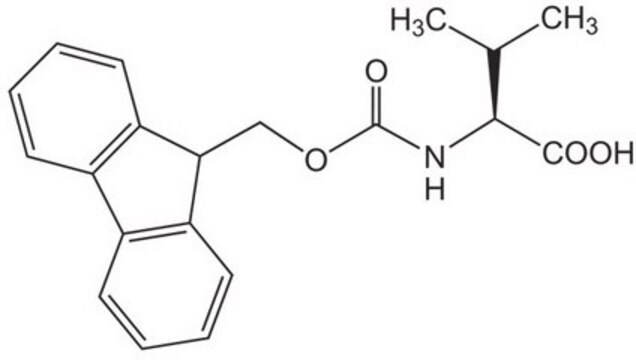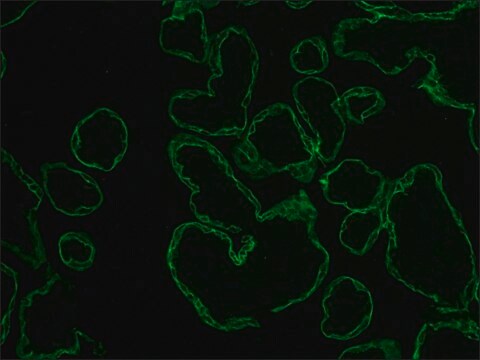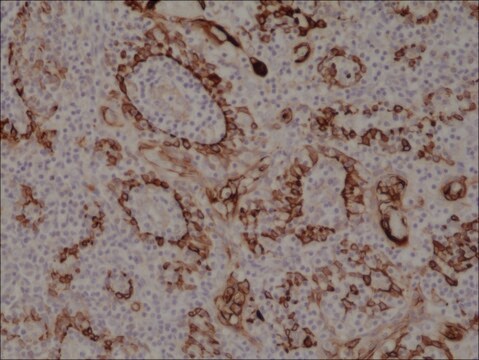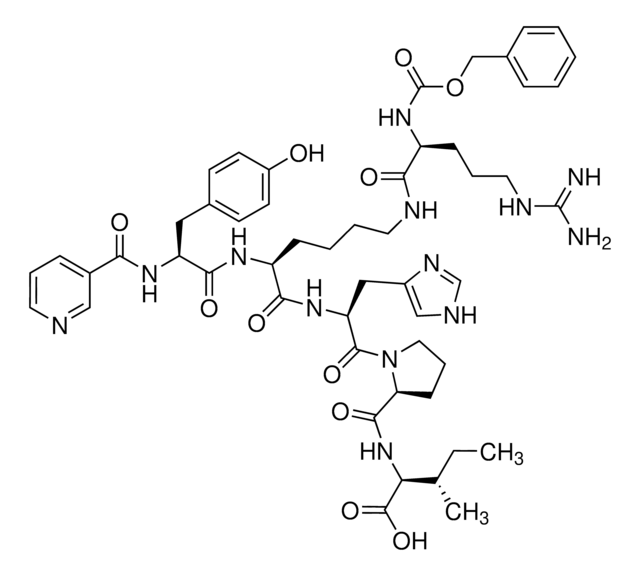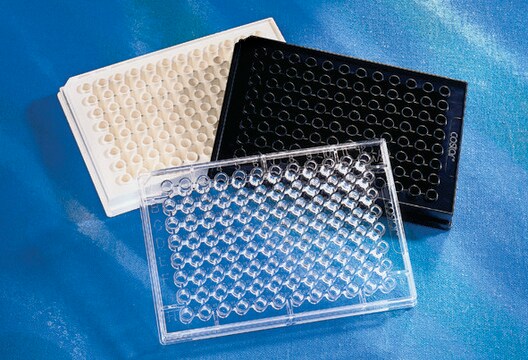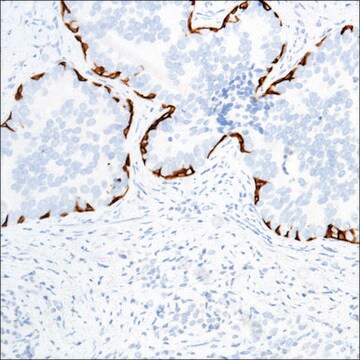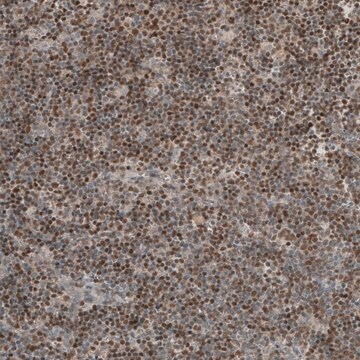일반 설명
We are committed to bringing you greener alternative products, which adhere to one or more of The 12 Principles of Green Chemistry.This antibody is Preservative-free, produced without the harm or sacrifice of animals and exceptionally stable to allow for ambient shipping and storage if needed and thus aligns with "Waste Prevention", "Designing Safer Chemicals" and "Design for Energy Efficiency".
Click here for more information.
ZooMAb® antibodies represent an entirely new generation of recombinant monoclonal antibodies.Each ZooMAb® antibody is manufactured using our proprietary recombinant expression system, purified to homogeneity, and precisely dispensed to produce robust and highly reproducible lot-to-lot consistency. Only top-performing clones are released for use by researchers. Each antibody is validated for high specificity and affinity across multiple applications, including its most commonly used application. ZooMAb® antibodies are reliably available and ready to ship when you need them.
특이성
Clone 2K20 is a ZooMAb® Rabbit recombinant monoclonal antibody that specifically detects Cytokeratin-17. It targets an epitope within 15 amino acids from the N-terminal half.
면역원
KLH-conjugated linear peptide corresponding to 15 amino acids from the N-terminal half of human Cytokeratin-17.
애플리케이션
Quality Control Testing
Evaluated by Western Blotting in MCF10A cell lysate.
Western Blotting Analysis: A 1:1,000 dilution of this antibody detected Cytokeratin-17 in MCF10A cell lysate.
Tested applications
Western Blotting Analysis: A 1:1,000 dilution from a representative lot detected Cytokeratin-17 in lysates from OVCAR3 cells, Rat Skin, and E18 Mouse Skin tissue.
Affinity Binding Assay: A representative lot of this antibody bound Cytokeratin-17 with a KD of 2.0 x 10-8 in an affinity binding assay.
Immunohistochemistry (Paraffin) Analysis: A 1:100 dilution from a representative lot detected Cytokeratin-17 in human skin tissue sections.
Note: Actual optimal working dilutions must be determined by end user as specimens, and experimental conditions may vary with the end user
표적 설명
Keratin, type I cytoskeletal 17 (UniProt: Q04695; also known as 39.1, Cytokeratin-17, CK-17, Keratin-17, K17) is encoded by the KRT17 gene (Gene ID: 3872) in human. Keratins are the intermediate filament proteins of epithelia that display high degree of molecular diversity. They are heteropolymeric filaments formed by pairing of type I and type II keratins that are expressed in a highly specific patterns depending on the epithelial type and stage of cellular differentiation. An important unique feature of cytokeratins is their epithelial cell-type-specific expression. About 20 different cytokeratin proteins have been reported in higher animals in varying combinations during various stages of development. Cytokeratin 17 is a Type I keratin that is involved in the formation and maintenance of various skin appendages, specifically in determining shape and orientation of hair. It is required for the correct growth of hair follicles. Its expression is reported in the outer root sheath and medulla region of hair follicle, nail matrix and nail bed epithelium, mucosal stratified squamous epithelia and in basal cells of oral epithelium. It is also expressed in palmoplantar epidermis and sweat and mammary glands. Cytokeratin 17 induction is reported in damaged or stressed epidermis. It can also be induced by IFN , TNF- , and TGF- . It modulates the function of TNF- in the specific context of hair cycling. It regulates protein synthesis and epithelial cell growth through binding to the adapter protein SFN and by stimulating Akt/mTOR pathway. It contains a central -helical rod domain of 310 amino acids flanked by non-helical head (aa 1-83) and tail (aa 393-432) domains. This ZooMAbZooMAb® recombinant monoclonal antibody, generated by our propriety technology, offers significantly enhanced specificity, affinity, reproducibility, and stability over conventional monoclonals. (Ref.: McGowan, KM., and Coulombe, PA. (2000). J. Invest. Dermatol. 114(6); 1101-1107).
물리적 형태
Purified recombinant rabbit monoclonal antibody IgG, lyophilized in PBS, 5% Trehalose, normal appearance a coarse or translucent resin. The PBS/trehalose components in the ZooMAb formulation can have the appearance of a semi-solid (bead like gel) after lyophilization. This is a normal phenomenon. Please follow the recommended reconstitution procedure in the data sheet to dissolve the semi-solid, bead-like, gel-appearing material. The resulting antibody solution is completely stable and functional as proven by full functional testing. Contains no biocide or preservatives, such as azide, or any animal by-products. Larger pack sizes provided as multiples of 25 μL.
재구성
300 μg/mL after reconstitution at 25 μL per vial. Please refer to guidance on suggested starting dilutions and/or titers per application and sample type.
저장 및 안정성
Recommend storage of lyophilized product at 2-8°C; Before reconstitution, micro-centrifuge vials briefly to spin down material to bottom of the vial; Reconstitute each vial by adding 25 μL of filtered lab grade water or PBS; Reconstituted antibodies can be stored at 2-8°C, or -20°C for long term storage. Avoid repeated freeze-thaws.
법적 정보
ZooMAb is a registered trademark of Merck KGaA, Darmstadt, Germany
면책조항
Unless otherwise stated in our catalog or other company documentation accompanying the product(s), our products are intended for research use only and are not to be used for any other purpose, which includes but is not limited to, unauthorized commercial uses, in vitro diagnostic uses, ex vivo or in vivo therapeutic uses or any type of consumption or application to humans or animals.



